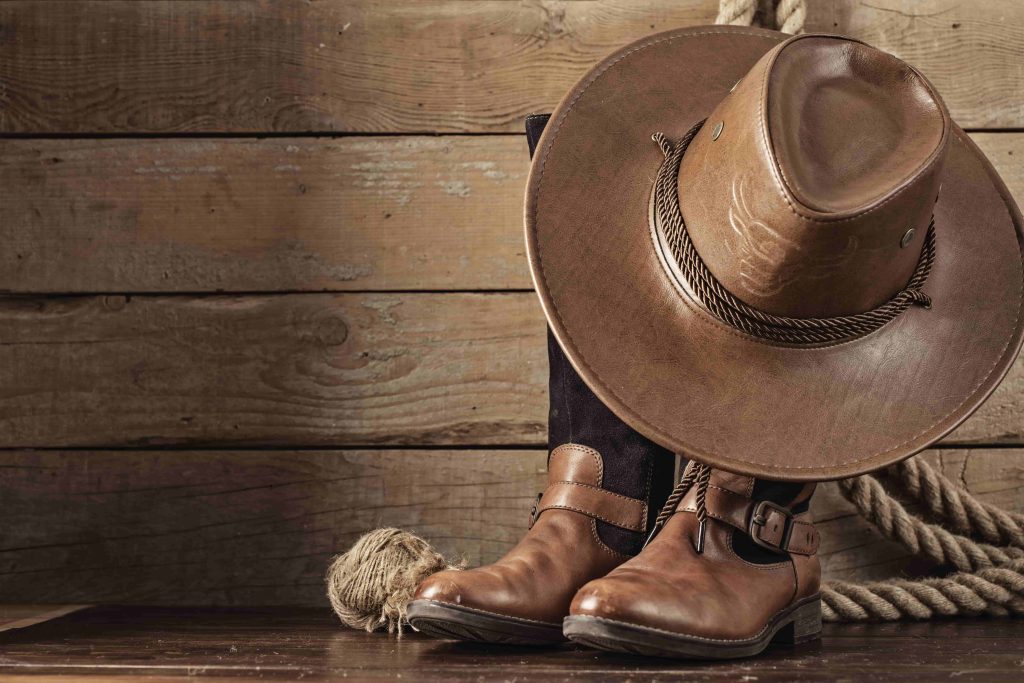Walsh Country
It is named after George H. Walsh, a newspaperman and politician who served as the county’s first representative in the Dakota Territory’s legislative assembly.

Walsh County was officially established on August 30, 1881, when it was separated from the larger Grand Forks County. The county was named in honor of George H. Walsh, a prominent newspaperman and politician who played a crucial role in promoting the development of northeastern North Dakota.
The first settlers in Walsh County arrived in the 1870s and 1880s, primarily drawn to the fertile land and the prospect of farming. The arrival of the Great Northern Railway in the 1880s further encouraged settlement, as it provided easier access to markets and transportation.
Agriculture has always been the backbone of Walsh County’s economy. The fertile soil and favorable climate allowed for the cultivation of various crops, such as wheat, barley, and potatoes. Livestock farming, particularly cattle and sheep, was also a significant part of the local economy.
The development of transportation infrastructure, including the Great Northern Railway and the construction of roads and bridges, played a crucial role in the growth of Walsh County. Improved transportation allowed farmers to access markets more easily and facilitated the movement of goods and people within the region.
In addition to agriculture, Walsh County saw the development of various industries and commercial enterprises over the years. Grain elevators, flour mills, and creameries were established to process local agricultural products, while general stores, banks, and other businesses provided essential services to the growing population.
Walsh County has always been a melting pot of various ethnic groups. Early settlers included immigrants from Norway, Sweden, Germany, Poland, and other European countries. These diverse communities contributed to the unique cultural heritage of the region.
Education has always been a priority in Walsh County. Numerous schools were established throughout the county, including one-room schoolhouses in rural areas and larger schools in towns. The commitment to education continues today, with several school districts serving the county’s residents.
Religion played a significant role in the lives of early settlers, with various denominations establishing churches and congregations in the county. This religious diversity continues to be a feature of Walsh County, with numerous churches serving the spiritual needs of the community.
Demographics: Today, Walsh County has a population of around 10,000 people, with the majority residing in small towns and rural areas. Grafton, the county seat, is the largest city in the county, with a population of around 4,200.
Agriculture remains the primary economic driver in Walsh County, with various crops and livestock operations continuing to sustain the local economy. The county also benefits from a growing tourism industry, with visitors attracted to the region’s natural beauty, outdoor recreation opportunities, and historical sites.
Walsh County offers a variety of attractions and recreational opportunities for residents and visitors alike. Some popular sites include the Frost Fire Park, which offers skiing and snowboarding in the winter and hiking and mountain biking in the summer. The Icelandic State Park, located along the scenic Forest River, features camping, fishing, and boating opportunities, as well as a pioneer heritage center showcasing the area’s history.
Additionally, the county hosts several annual events and festivals, such as the Grafton Summerfest and the Minto Polka Fest, which celebrate the local culture and heritage. The Walsh County Historical Society Museum, located in Minto, offers a glimpse into the past through exhibits and artifacts from the region’s early settlers.
The history of Walsh County is a captivating tale of perseverance, community, and growth. From its early days as a hub of agricultural activity to its current status as a thriving county with a diverse economy, Walsh County continues to evolve and adapt. Its rich cultural heritage and commitment to preserving its history make it a fascinating place to live, visit, and explore.


It is named after George H. Walsh, a newspaperman and politician who served as the county’s first representative in the Dakota Territory’s legislative assembly.

The county seat of Walsh County is Grafton, which is home to several historic buildings and landmarks, including the Grafton State School (formerly known as the North Dakota School for the Feeble-Minded) and the Walsh County Courthouse.

Walsh County is home to several notable people, including baseball player Roger Maris, who grew up in the town of Fargo and attended high school in nearby Grand Forks. Maris went on to play for the New York Yankees and set the record for most home runs in a single season in 1961, a record that stood for 37 years.
